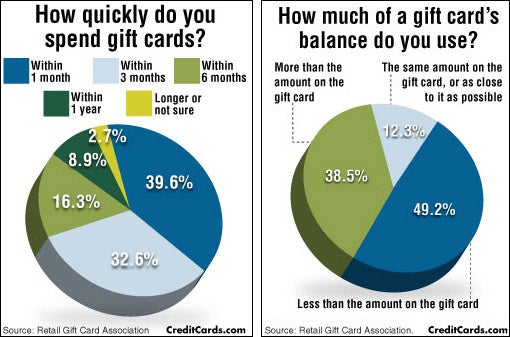The seminar started with a frank discussion on the decline of cut glass and copper wheel engraving in the UK. The different elements that contributed to their downturn were identified and possible measures to support and foster the scene were discussed.
Toru Horiguchi, a third-generation master of the Edo-Kiriko practice, showed his proficiency of this cut glass technique. He was able to communicate the value of his craft, which is supported and recognised by the Japanese government.
Meaning of light
Personalized glass is just one of the most common types of standard Shore Salish art. It is a visual language that symbolizes our connection to the world. Its relevance has actually advanced over time, allowing artists to discover their social identification in cutting-edge means.
Engraving and etching are ancient methods of decorating glass that have long been respected for their virtuosity and workmanship. These strategies were crucial to early societies, enabling them to communicate messages of relevance.
Trade routes affected the growth of inscription and decor strategies, revealing craftsmens to brand-new iconography, motifs, and decorative styles. This diversity contributed to a rich legacy of regional decorating styles.
For example, the engraved goblet from the 1730s determined its owner as an essential figure in British society and could signal allegiances and ideas, including rebellion and dissent. However, by the 1900s etched and cut glass was taking over from engraving as the preferred method of glass decorating, although engraved designs still kept their cultural significance.
Significance of hope
Engraved glass is an ancient form of decorative art that has actually opposed projections of obsolescence. It entails superficial providing on a surface area of a glass item, normally with an etching wheel or with a diamond-point hand tool. It is a subset of glass art, which also includes reducing and engraving strategies.
Throughout background, trading paths have helped with the spread of elaborate engraving designs. This allowed for the unification of brand-new iconography and themes, blending regional traditions with international virtuosity.
While these modern technologies were commonly embraced, engraving remained a specialized ability that calls for substantial craftsmanship. In spite of these challenges, modern glass engravers remain to look for methods to expand the artistic possibility of this standard method. For instance, Scottish engraver Alison Kinnaird has lately obtained distinctions for her engraved works in public setups like the National Picture Gallery and St Mary's Church. In an interview with Glass Quarterly Hot Sheet, Kinnaird discusses the technological difficulties that her work has encountered and just how she has conquered them.
Importance of durability
The motifs and symbolism inscribed on ancient glass offer ideas to the social values, religious beliefs, and local identifications of past civilizations. Maintaining these embellished artifacts makes it possible for modern society to get in touch with its historic roots and foster appreciation for historical craftsmanship and artistic resourcefulness.
Ancient glass inscription strategies involved an innovative mix of artistry and technological proficiency. Craftsmen used greatly pointed devices to incise complex lines and motifs right into molten or cooled glass surface areas. They likewise used techniques like acid etching to produce in-depth styles with a frozen appearance.
The interconnectedness of old trade routes assisted expand the class of glass decoration strategies. For instance, this glass goblet etched with Chinese-style motifs showcases the impact of imported Asian items on European decorative designs during the 1750s and 1770s.
Haden likewise talked about an uncommon and interesting strategy called ruby point engraving, which entails scratching the surface of the glass with a hand-held diamond or tungsten carbide factor. She was able to map the origins of this technique from Edinburgh, Scotland, and show how it has actually evolved right into Japanese fine-cut glass, which is distinct to Japan.
Meaning of community
The icons that make up an area's culture are an effective source of identification, encapsulating complicated concepts and emotions. These icons are utilized to enhance a sense of belonging, strengthen connections amongst community participants, and promote common worths. They can be found in garments, art work, and even branding. They additionally serve to enhance a sense of identification and heritage, and are usually etched right into glass objects and structures.
Ancient glass engravings display the technological improvements and artistic sensibilities of previous civilizations. They use understandings into social values, religions, and local identities, and show just how geographic and social contexts affected the advancement of ornamental designs.
For example, a glass goblet made in England in between 1750 and 1770 was covered with intricate Chinese-style themes that mirror the cultural influence of imported Eastern goods at the time. Today, conservation strategies such as careful cleaning and loan consolidation assistance when to gift custom glass maintain and maintain engraved glass artefacts by decreasing physical stress on them.
